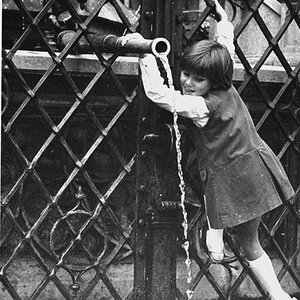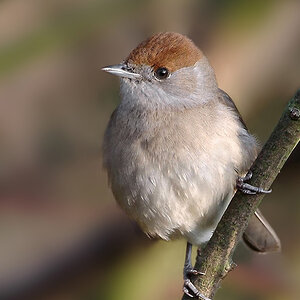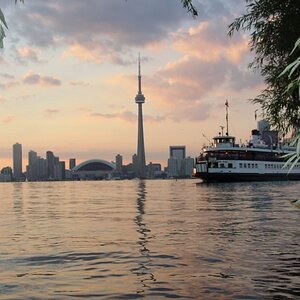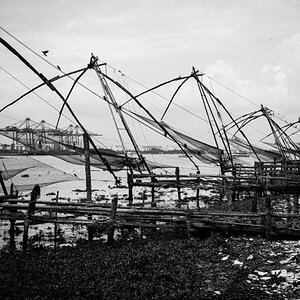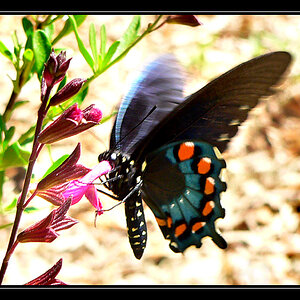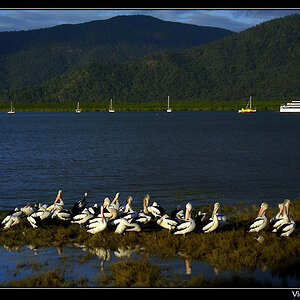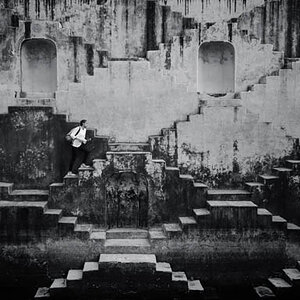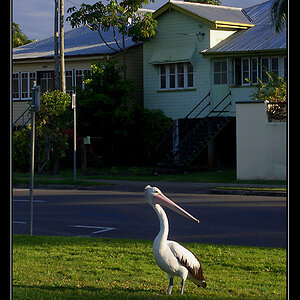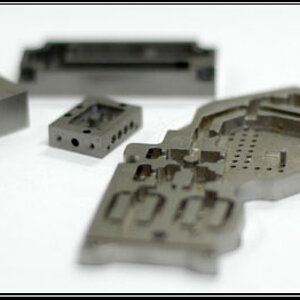clockwurk
TPF Noob!
- Joined
- Dec 20, 2009
- Messages
- 37
- Reaction score
- 0
- Can others edit my Photos
- Photos NOT OK to edit
Most of the tutorials I see online use a 50m f/1.8 reversed. Is there a particular reason for this other than its a cheap lens?
Would I be able to get more of a magnification with something like a 100mm macro reverse? Or would it be the same?
I currently have experimented with a 100mm macro on a full set of extension tubes and I'm very happy with it. But I keep seeing shots that seem to get much closer than setup above. I would like to get tips on how I can get more magnification with my current setup.
Thank you in advance
Would I be able to get more of a magnification with something like a 100mm macro reverse? Or would it be the same?
I currently have experimented with a 100mm macro on a full set of extension tubes and I'm very happy with it. But I keep seeing shots that seem to get much closer than setup above. I would like to get tips on how I can get more magnification with my current setup.
Thank you in advance


